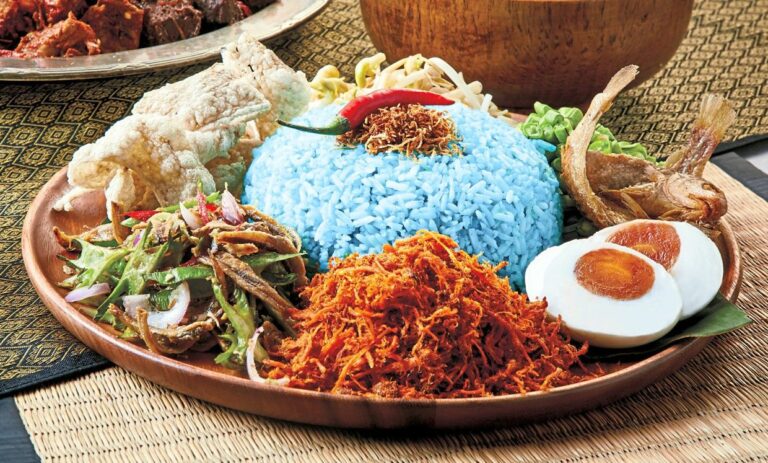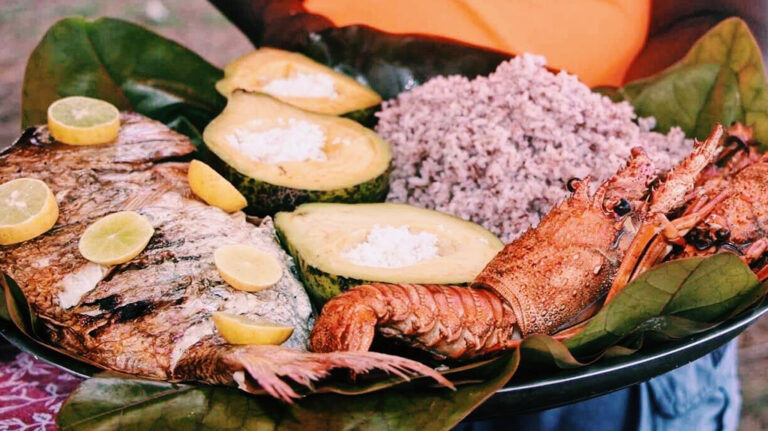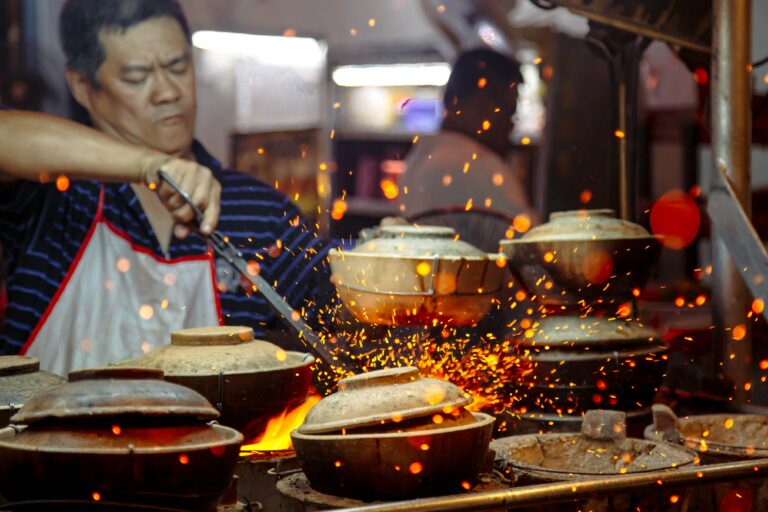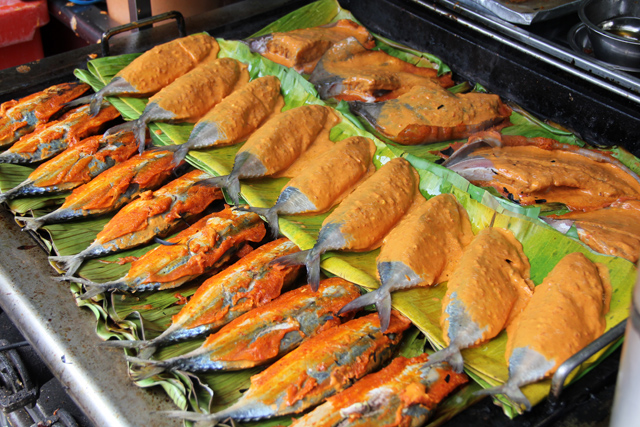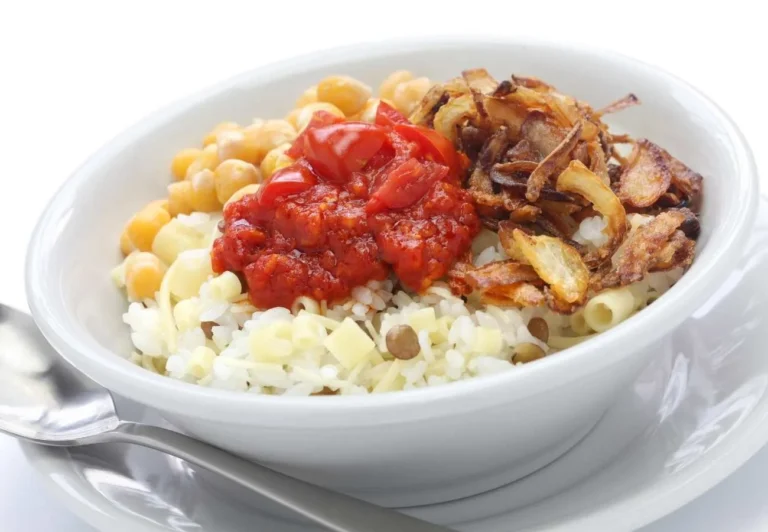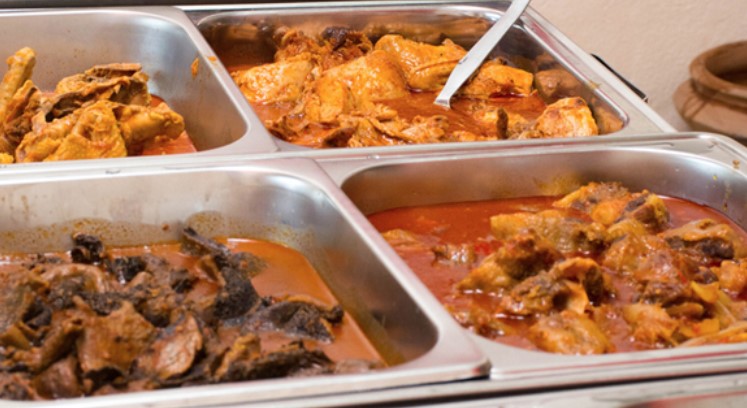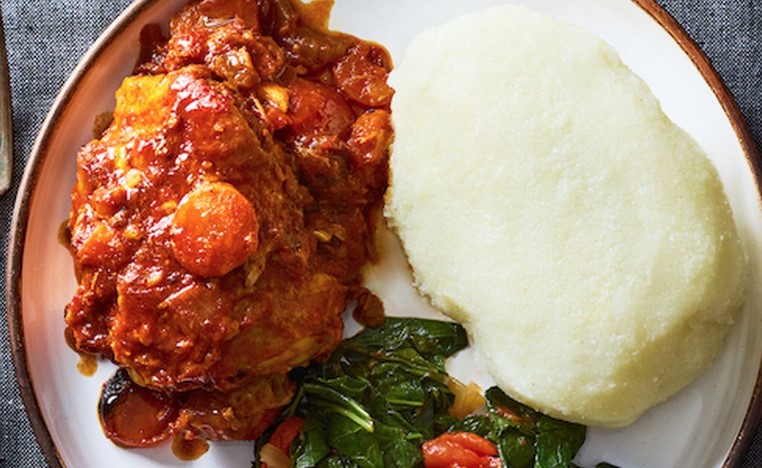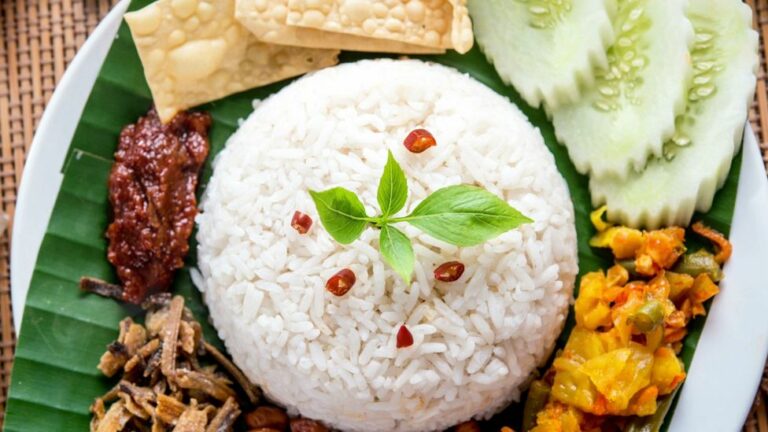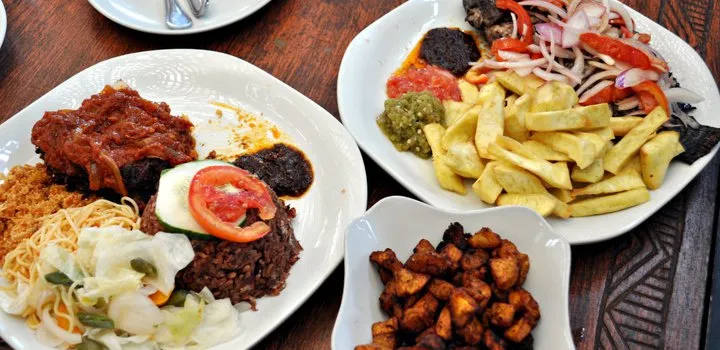Introduction: Southeast Asian cuisine
Southeast Asian cuisine is known for its vibrant and complex flavors that are a result of the region’s diverse cultural influences. The countries that make up this region share many common ingredients and cooking techniques, but each nation has its own unique culinary traditions. Malaysian cuisine, for example, is a reflection of the country’s multicultural makeup, with influences from Malay, Chinese, Indian, and European cuisines.
Malaysian cuisine overview
Malaysian cuisine is a blend of different flavors and cultures, making it one of the most exciting and diverse cuisines in the world. The dishes are a fusion of Malay, Chinese, Indian, and European influences, resulting in a unique culinary experience. Some of the most popular Malaysian dishes include Nasi Lemak, Roti Canai, Laksa, and Satay.
Shared ingredients among Southeast Asian cuisines
One of the defining features of Southeast Asian cuisine is the use of common ingredients such as coconut milk, lemongrass, ginger, garlic, and chilies. These ingredients are used in varying degrees in different dishes, but they are a staple in most Southeast Asian kitchens. This shared ingredient base is a result of the long history of trade and migration in the region.
Influences from Thai cuisine in Malaysian dishes
Thai cuisine has had a significant influence on Malaysian cuisine, particularly in the use of herbs and spices. Malaysian dishes such as Tom Yum Soup and Green Curry share many similarities with their Thai counterparts, with the use of lemongrass, galangal, and kaffir lime leaves. The use of peanuts in Malaysian sauces and marinades is also thought to be influenced by Thai cuisine.
Influences from Indonesian cuisine in Malaysian dishes
Indonesian cuisine has also had an impact on Malaysian dishes, particularly in the use of coconut milk and spices. Malaysian dishes such as Rendang and Satay are thought to have originated in Indonesia and have since been adapted to suit Malaysian tastes. The use of tamarind in Malaysian cooking is also thought to be influenced by Indonesian cuisine.
Differences and similarities among Southeast Asian cuisines
While Southeast Asian cuisines share many common ingredients and cooking techniques, each country has its own unique culinary traditions. Thai cuisine, for example, is known for its bold and spicy flavors, while Malaysian cuisine is more complex and balances sweet, sour, and savory flavors. Indonesian cuisine, on the other hand, is characterized by its use of peanuts, coconut milk, and palm sugar. Despite these differences, Southeast Asian cuisines are united by their use of fresh ingredients and bold flavors, making them some of the most exciting and diverse cuisines in the world.

